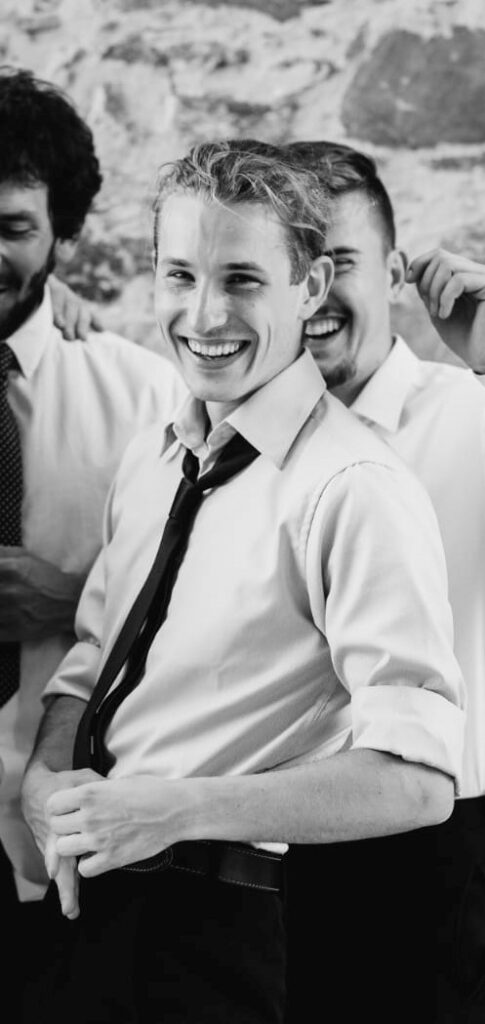In this new series of ‘Spotlight Interviews’ we have asked our PhD students a few questions to give you a more personal insight into work, motivation and challenges of our students and PhD life at the Cockcroft Institute.

Ondrej Sedlacek was born in Prostejov (Czech Republic). He studied Experimental Particle and Nuclear Physics at the Czech Technical University in Prague, where he graduated in September 2020. He joined the Cockcroft Institute in October 2020 as a PhD student working on a Gas Jet monitor under the supervision of Professor Carsten Welsch. In his spare time, Ondrej enjoys hiking, running, cooking, or a nice board game night.
What attracted you to do a PhD in the field of accelerators?
After carrying out a bachelor thesis on an analysis of particle collisions at ATLAS I felt that something more applied could suit me more. After some time considering my options and quite a lot of help from my friends, professors, and my former supervisor I shifted my focus to the field of accelerators, detectors and applied physics in general. During my master studies, I have worked more closely in these fields often at CERN and it felt like the right decision. After I had graduated, a PhD was a natural choice for me to continue working in the field.
Why did you choose to come to the Cockcroft Institute?
I have chosen Cockcroft Institute because it was recommended to me, has a good reputation, and a great research base in accelerator physics which was something I was looking for. Last year I was looking for a PhD project as I was about to finish my Master studies and although I had few options, the Gas Jet monitor at CI got me interested the most.
Can you explain in simple terms what your project is about?
The Gas Jet monitor measures the profile of a beam by inserting a gas curtain into the path of the beam. The gas interacts with the beam and creates fluorescence photons from which the monitor constructs the image of the profile. Version 2 of the monitor is currently assembled and tested at CI while a new version 3 is being assembled. The version 3 will be tested at CI and then shipped to CERN where it will be installed at a test stand and later on LHC. My project is split between the Cockcroft Institute and CERN to follow this shipment. My project is continuing the development of the monitor and focusing on version 3 tests at CI as well as at CERN. Part of my project is measuring fluorescence cross-sections (“probabilities”) of the working gasses and LHC 7 TeV protons, as well as measuring the profile. Additionally to the experimental work, I will work a lot on the data processing and analysis of the monitor, as well as some useful simulations.
What is the institute providing you in terms of your professional development?
Well, I’m working in laboratories at CI (when I can) which helps my development quite well in the practical domain. Additionally, there are excellent lectures on accelerators and accompanying topics. Also, there are CI forums every Wednesday which I have found quite interesting, overall I would say that the institute provides a rather broad repertoire in professional development.
What has been your best moment at the Institute so far?
Honestly, I would say that the best moment at the institute was just going to the labs. Because of the pandemic situation, I focus on the work that I can do remotely, like simulations, analysis, etc. Therefore, there is a lot of coding and sitting behind a computer at home. Don’t get me wrong I enjoy this type of work equally to the experimental work. That is one of the reasons why I like my project, because it contains both experiments and analysis/coding etc. However, going to the labs provides the balance and even if it is just from time to time I enjoy it a lot.
